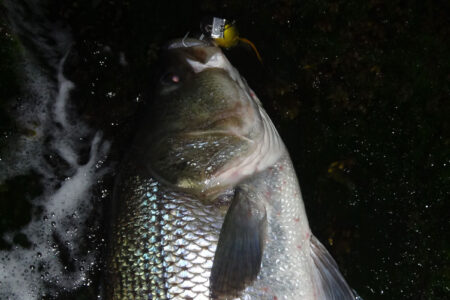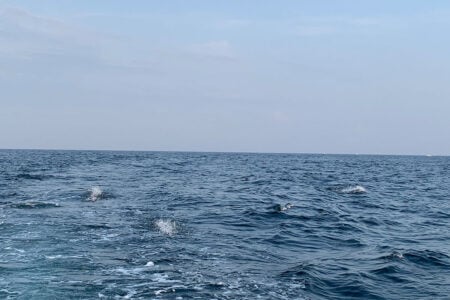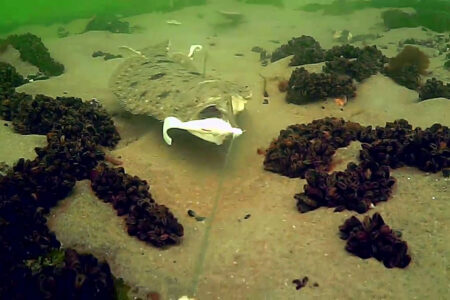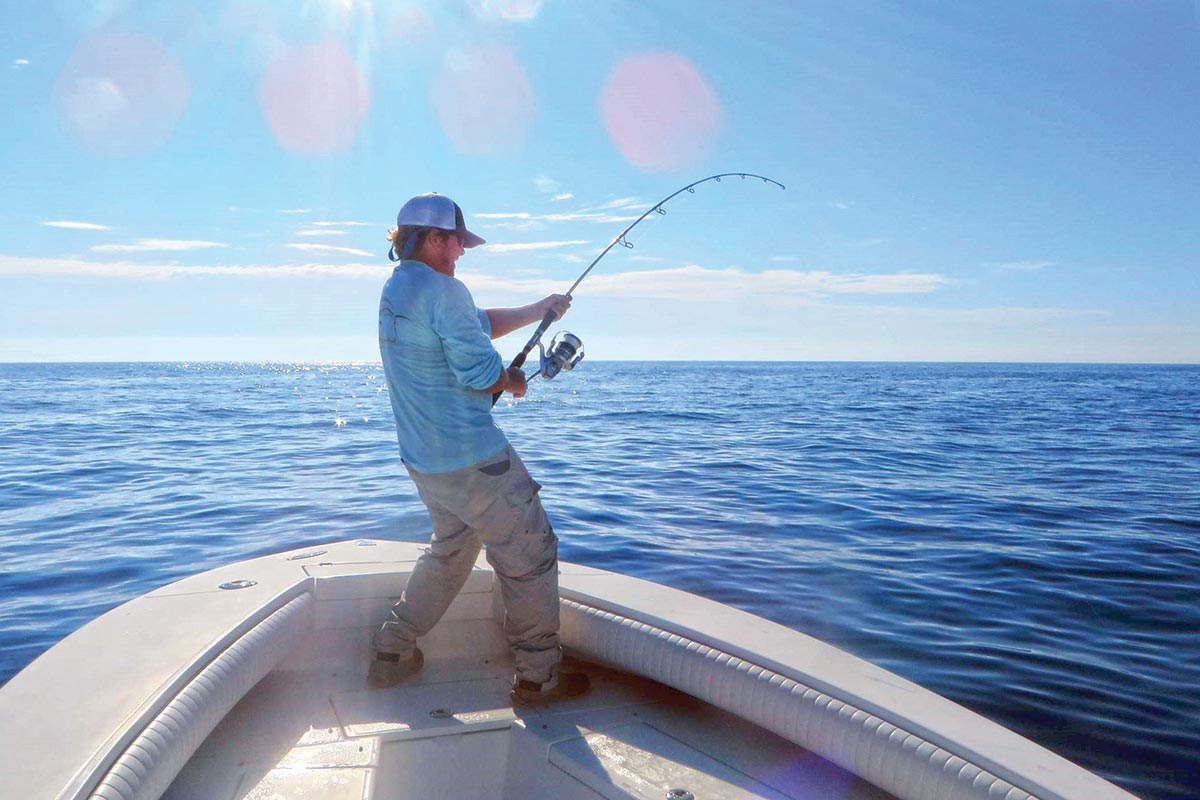
Here are 12 common mistakes made by novice and veteran anglers alike – and here’s how to correct them.
The one thing inshore, offshore and surf fishermen all have in common, are the simple mistakes they all make. It may seem trivial, but a little attention to detail can make your experience safer, more enjoyable, and sometimes more successful.
1
Live bait: Overcrowding your livewell leads to dead baits. The conservative general rule is 1 gallon of water for each bait (30-gallon livewell holds 30 baits). You’re better off leaving some fresh baits on ice for chum than overcrowding the bait tank. Bait transfer and handling should be done with care. Use a small net and limit direct contact. Change baits when they are no longer frisky. Even if still alive, change them out for something more active.
2
Not enough ice: A proper ratio of ice to fish is one pound of ice for every pound of fish you expect to catch. Fifty to 100 pounds of ice should be fine for most inshore trips. Offshore you should be carrying 200-400 plus pounds of ice. Six 50-pound yellowfin require 300 pounds of ice. If you run low on ice, by all means keep fishing, just stop keeping. Seal up your catch on good ice and release the rest. A collared fish (head and guts removed) requires less ice, just ensure the body’s length exceeds any minimum requirements.
3
Bleed your catch: Most of the “gamey” flavor comes from the blood and blood line of various spices of fish. Bleeding fish immediately after they are caught can also prevent enzymes and chemical changes from occurring. This chemistry undoubtedly adversely compromises the flavor. Bleed and brine oily fish, and always cut out the bloodline.
4
Meet on the bone: when I watch people filet their catch I am amazed at how much meat is wasted. Literally you could put the rack on a barbecue and have a meal. Select a knife that is the correct size and flexibility. Find reference points (ribs, backbone, etc.) and run your blade down and or across these points. Take your time and use a sharp knife. Don’t saw – glide the knife through. Keep a small moist towel on hand, use it to clean and lubricate your blade. If you’re not sure how to process your fish consult YouTube. There are endless videos on cleaning specific fish species.
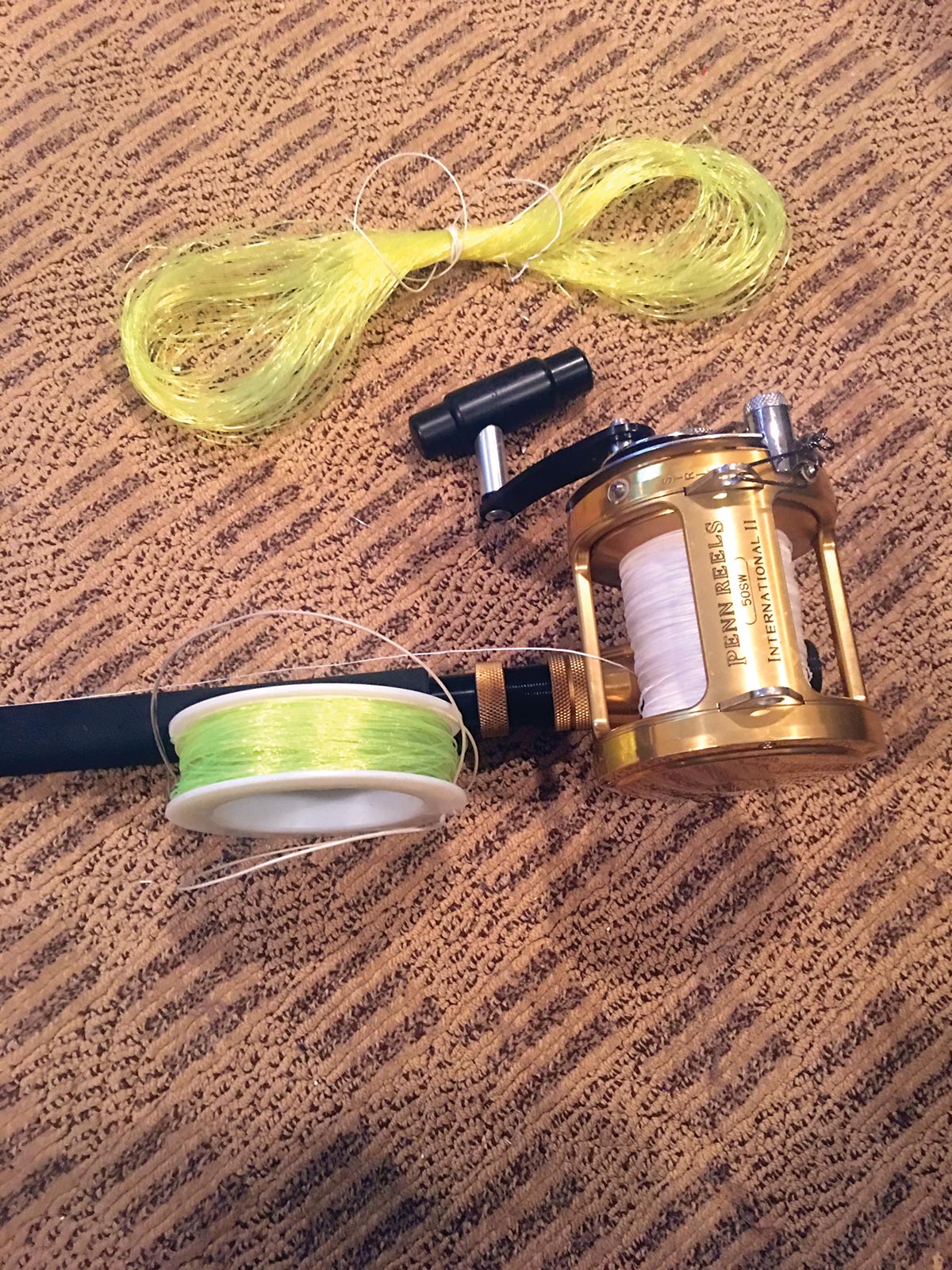
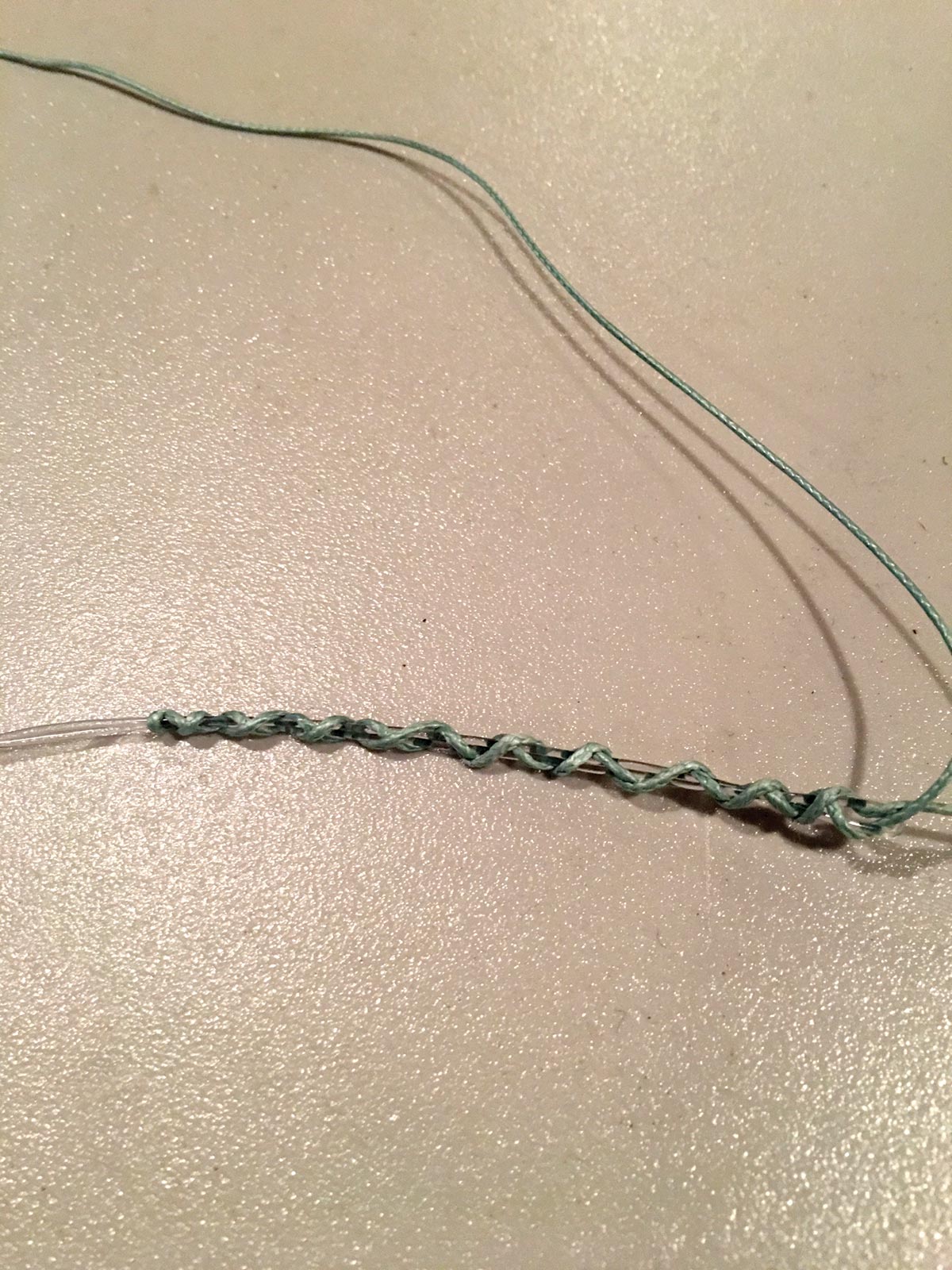
5
Care for your catch like you’re going to eat it, because you are: There isn’t an outdoor filet station anywhere on Long Island that will pass FDA standards. Most of them are made of wood (germ magnet) and if they have a plastic cutting board it’s gross. Either clean the station with bleach prior to using or utilize your own sterile surfaces. Roll out cutting mats or boards, clean buckets, coolers, and plastic bags are essential. When removing a filet always keep the skin side down. The meat should never touch any surfaces until it is bagged. Try to gut your fish while you are out. They ice better, and this will help keep your prep station clean. If you mess up the work surface stop and clean it again. Never rinse saltwater fish with freshwater. Fill a bucket out on the fishing grounds and bring it back in with you. This is preferred as the water in and around marinas may have higher percentages of contaminants. As you cut your catch drop the filets in the sea water to rinse. Pat dry and bag the finished product. Don’t forget to burp out the air or use a vacuum sealer.
6
Not changing your line: It’s amazing how much money people spend on boats, gear, fuel, etc. and they cheap out when it comes to their fishing line. I know tournament anglers that change their line prior to every tournament. This may be excessive for recreational anglers but don’t cheap out and lose your trophy fish. Sun light and saltwater deteriorate mono. So even if it wasn’t used often, it should be replaced over time. Using top shots is a great way to replace just the business end. After each use cut a little back. When it gets too short replace it. Another great trick is to flip your line as it gets older. Put the top portion of your line on the bottom of the reel. Most of time you are only using 25 percent of the line. The remaining 75 percent is brand new. Any time you feel a nick or burr, either cut that portion out, or replace it all.
7
High-sticking: If you ever paid more than $500 for a spinning rod you undoubtedly have learned and respect what high sticking is. Rods are rated for fighting strength at given angles. When an angle passes the upper limit, the rod’s braking resistant level decrease dramatically. You may get away with it if you are pumping in a fish. But if you high stick and hold it there for an extended period of time the rod can snap.
8
Slack in the line: An angler has two jobs when reeling in a fish. First, keep constant pressure. Second reel line back in on the reel. Most important is keeping constant pressure on the fish. If you drop the rod tip, you must reel faster than the drop. It is not drop then reel, it needs to be done together. Also, don’t reel while the fish is pulling out drag. Trust your settings and pay attention, when she gives you a chance turn the fish and go to work.
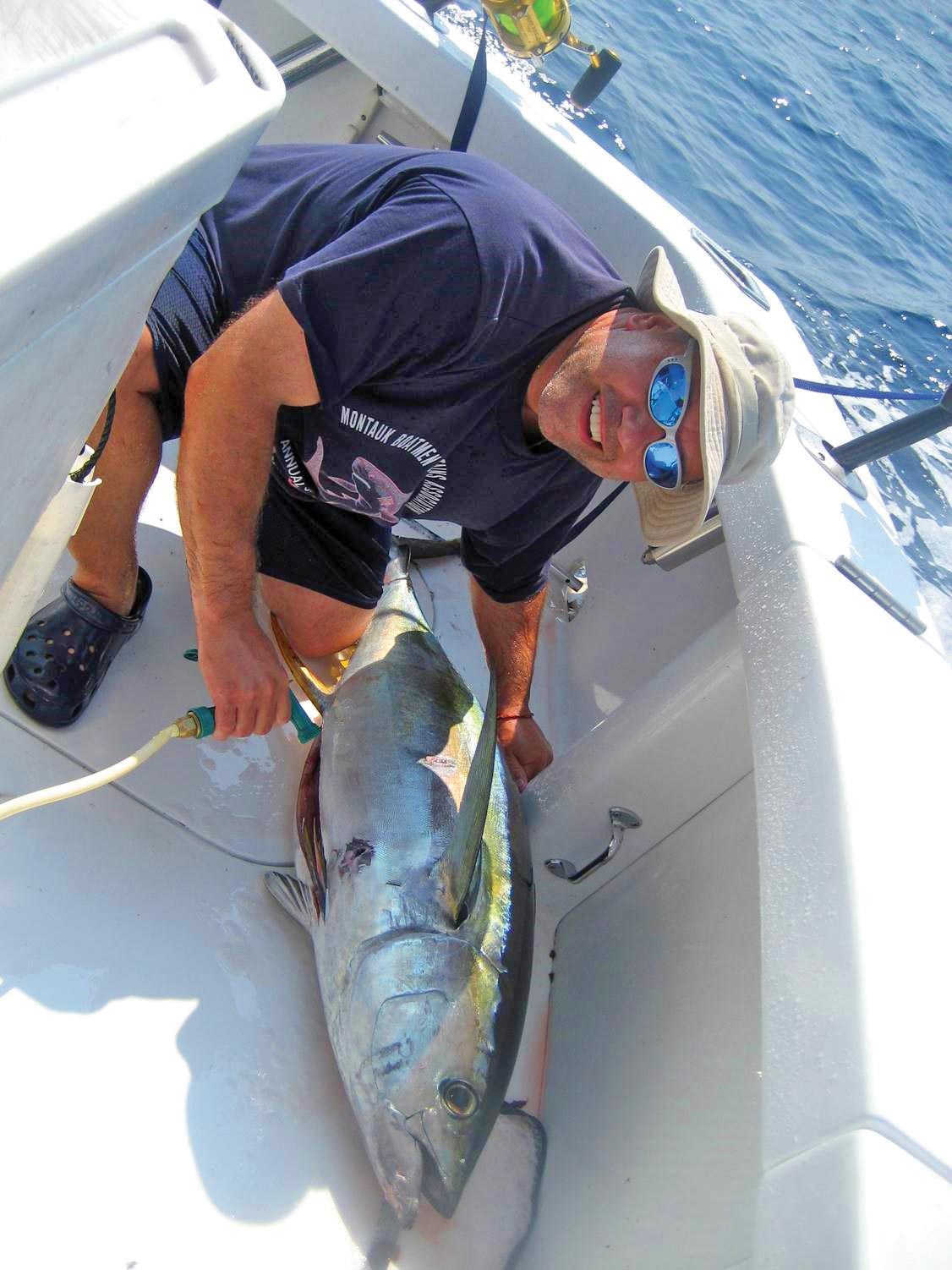
9
Dramamine after you’re sick: If you are embarking on a trip that may have new characteristics that you are not accustomed to, take seasickness pills. You may have been boating your entire life and have never been sick, but was it offshore on a large diesel powered boat? Were you out the night before? There are many subtle changes that can wreak havoc on your inner ear. Don’t wait until you’re sick, it’s too late. Take a dose at bed time the night before a trip. Not only will it help you sleep, but a base of the active drug will now already be in your system when you wake up. Take another dose prior to departure and as needed during the day. Stay away from greasy fatty and spicy foods. Preventative medicine can go a long way in saving the day!
10
Fighting too hard: Many anglers fight fish way too hard. I have seen women out fish men simply because they aren’t as aggressive. Pulling too hard will prolong the fight, stress the fish and often results in a lost fish. Understanding your gear, coupled with knowing your prey will make you a better angler. When fighting a fish think of walking a dog. The harder you pull in one direction the harder he will pull in the other. You need to coax the fish to the boat. Keeping its head up and apply light pressure to steer him your way. Great example is when a tuna swims in circles. As it starts a new turn add a little pressure to ensure the head is slightly up, as it turns reel in line, when it turns away allow it to take a little line. If the fish is horizontal, you will gain more line than you lose
11
Knots: Special attention needs to be paid to ensure knots are tied correctly. Visually inspect every knot and make sure it looks correct. What to look for; even wraps, line laying the way it should (not bunched up), and stream line appearance (not bulky). Master a few knots that enable you to connect a swivel to main line, a hook to a leader, and a line to line splice. It is also important to be able to tie a loop in the middle or at the end of your line to attach sinkers and lures. Don’t get caught up in what others think is the best knot. The best knot for you is the one you tie correctly. If it is rated with a lower fail rate but is tied 100 percent correctly, it’s better than a poorly tied stronger knot. Moisten every knot and make sure it is synched up. A properly tied knot that slips, even slightly will fail. It’s also a good idea to take a few wraps and strength test a knot before you deploy it.
12
Crimping: It is very common to see fishermen over tighten their crimps. The harder the better right? No, if you crush the mono too tight you compromise it inside the crimp and this will fail. A properly calibrated bench crimper is ideal; there are many adequate hand crimpers too. Make sure the correct crimping location is selected for the size crimp you are using. If it makes you feel more secure melt the tag end of the mono prior to snugging it up. This rounded end can assist in preventing a crimp from slipping. Your crimps should look clean and even with slightly flared ends.
Don’t be afraid to make mistakes. Just be willing to learn from them.
